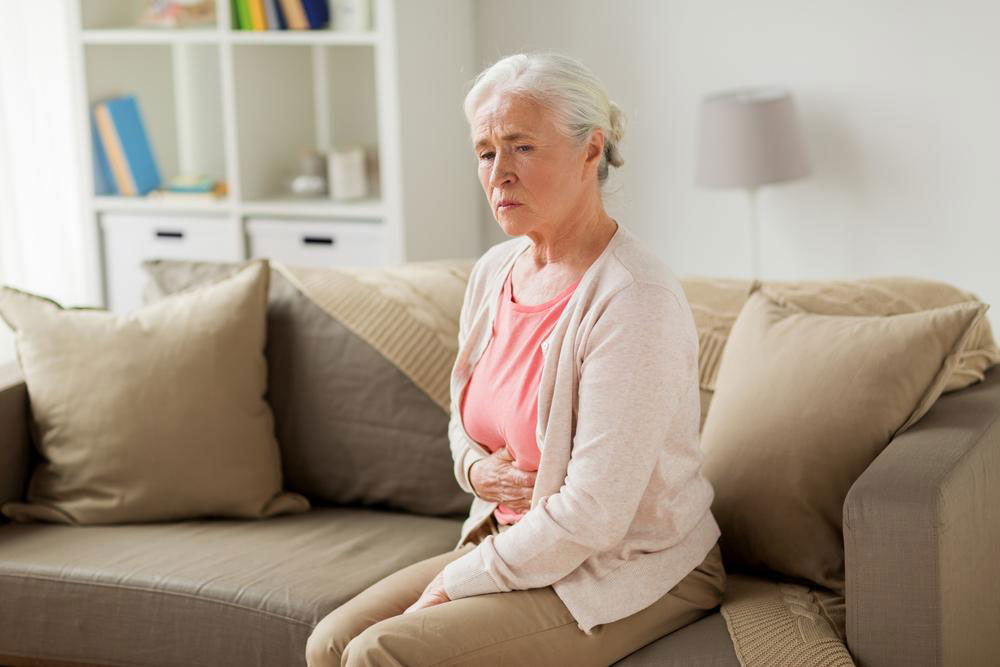Comprehensive Guide to Hemorrhoids: Causes, Symptoms, and Advanced Treatment Options
Discover in-depth insights into hemorrhoids, including their causes, symptoms, and the latest treatment methods. Learn how lifestyle changes and medical procedures can effectively manage this common condition, improving quality of life.

Comprehensive Guide to Hemorrhoids: Causes, Symptoms, and Advanced Treatment Options
Hemorrhoids, commonly known as piles, represent a prevalent health issue characterized by swollen veins in the anal and rectal region. While often considered a minor ailment, hemorrhoids can significantly impact quality of life due to the discomfort, pain, or bleeding they cause. Despite being widespread, many individuals remain unaware of their causes, symptoms, and the latest, most effective treatment options. This detailed guide aims to shed light on everything related to hemorrhoids, including their development, risk factors, clinical signs, and appropriate management strategies.
Hemorrhoids are categorized into two main types based on their location: internal hemorrhoids, which develop inside the anal canal, and external hemorrhoids, located around the anus just beneath the skin. Some individuals may experience both types simultaneously, leading to complex symptomatology. The severity of symptoms varies widely depending on the size and location of the hemorrhoids, with some experiencing mild discomfort, while others face significant pain and bleeding.
The primary cause of hemorrhoids is increased pressure on the rectal and anal veins. This pressure can stem from a variety of lifestyle and health factors, making preventive measures particularly important. Factors such as straining during bowel movements, sitting for prolonged periods, pregnancy, obesity, and chronic gastrointestinal conditions contribute significantly to the development of hemorrhoids. Understanding these causes helps in adopting lifestyle modifications that can prevent or alleviate the condition.
The hallmark symptoms of hemorrhoids include persistent rectal pain, itching, swelling, and bleeding during bowel movements. Hemorrhoids often bleed bright red blood, which can be seen on toilet paper or in the toilet bowl. Internal hemorrhoids may cause mucus discharge and blood spots, while external hemorrhoids commonly present as painful, swollen lumps around the anal opening. Detection usually involves a physical examination by a healthcare professional, sometimes supplemented with endoscopic procedures like anoscopy or colonoscopy, especially if bleeding continues or if there's concern about other health issues.
While mild hemorrhoids can often be managed with home remedies, more severe cases might require medical intervention. Conservative treatments include increasing dietary fiber intake to soften stools, staying well-hydrated, and using topical ointments or suppositories to reduce pain and inflammation. For persistent or severe hemorrhoids, minimally invasive procedures such as rubber band ligation, sclerotherapy, or infrared coagulation are effective. In some cases, surgical removal (hemorrhoidectomy) becomes necessary to completely resolve the issue.
Ultimately, understanding hemorrhoids comprehensively allows individuals to better prevent and manage this common condition. With appropriate lifestyle adjustments and timely medical care, most hemorrhoid cases can be effectively treated, restoring comfort and well-being.





